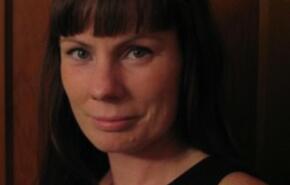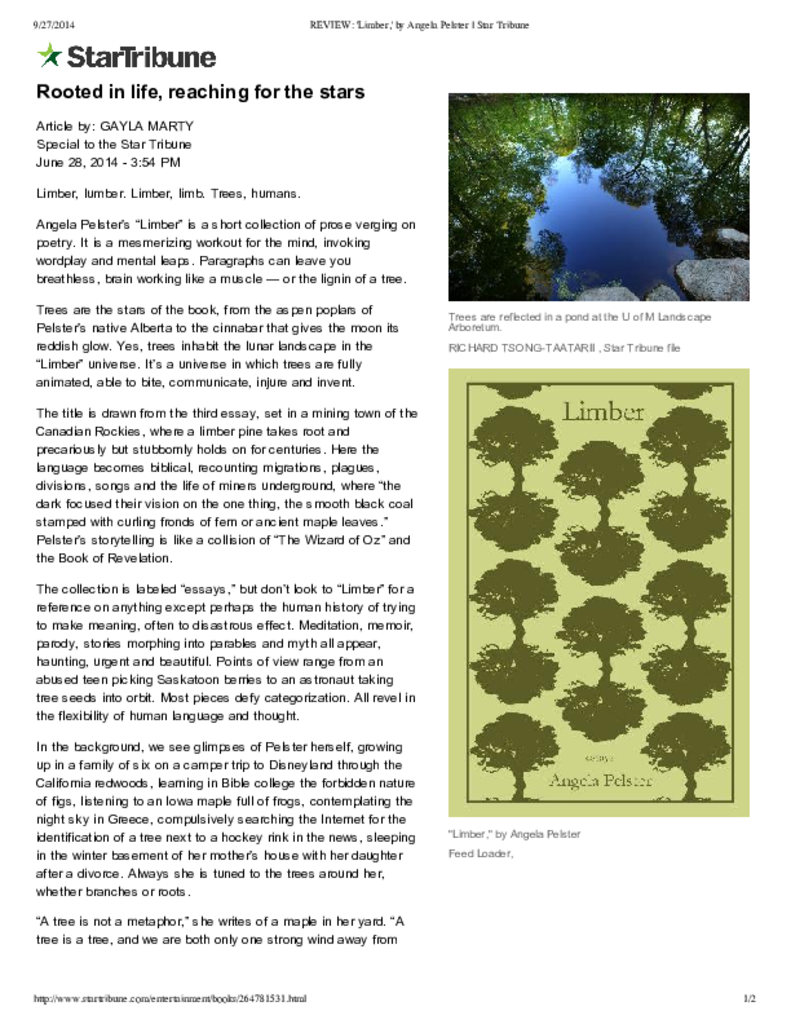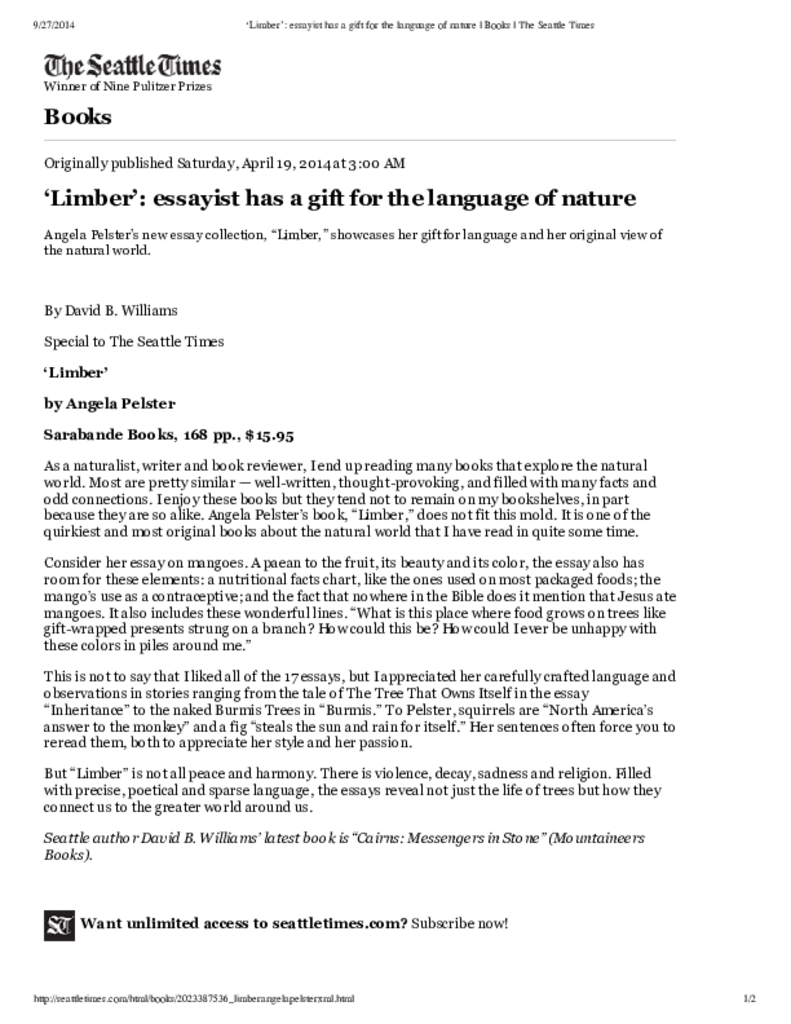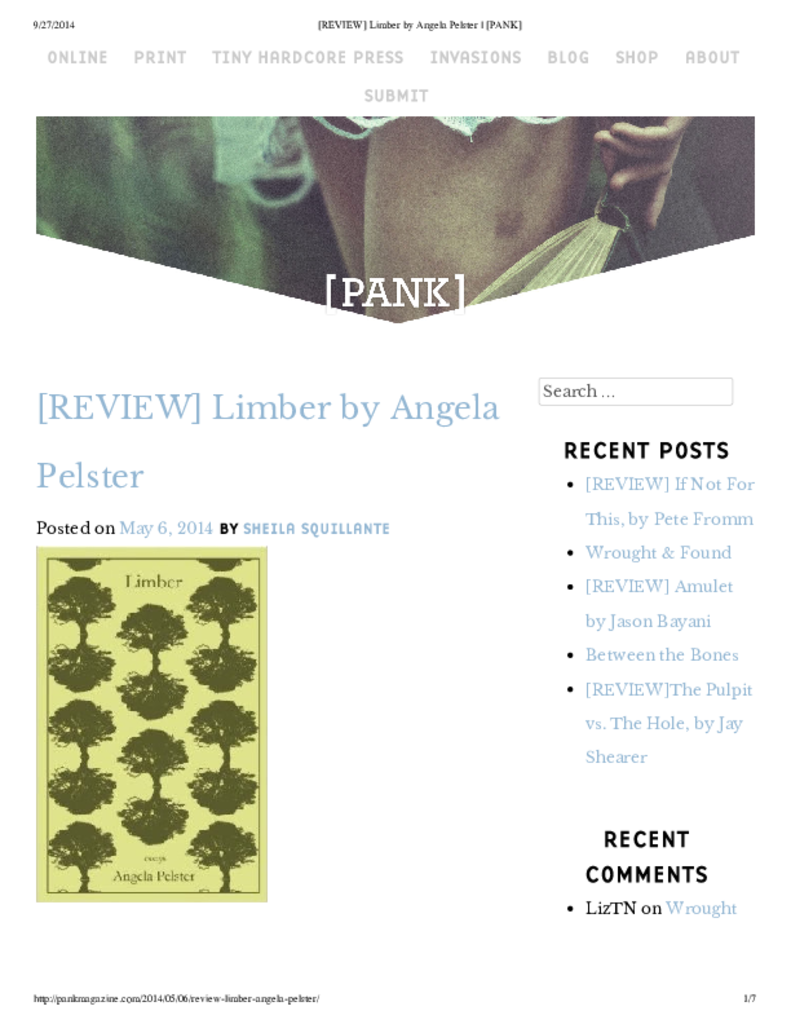The Days
My project proposal – The Days – is an exploration of Baltimore city through the lens of the twelfth century mystic – Hildegard of Bingen. My book will be part memoir, part history, part meditation, and an attempt to ask the city and the 800-year-old mystic how to live in these times and in these days.
Baltimore is a city often known for its violence. The national number of murders in the United States is 4.7 per 100,000 people; in Baltimore, it is 31.3. If you study a crime map of the city, you might notice that there are pockets of safety within it – places where violent crime seems to come up against a wall and just stop. The defining characteristics of these pockets are often wealth and race, and these divisions can be seen throughout the structure of the entire city – inside the schools, the hospitals, the parks, the housing, even the sidewalks.
Baltimore is known as a “city of neighborhoods” and I live in a complicated one. On any given night, five blocks to the south of my home, I can drive past the sirens and flashing lights of police arresting a dealer, a user, a suspect, a perpetrator. Five blocks to the north of me are tree-lined streets with large brick houses, climbing ivy, and gardened back yards with swing sets and trampolines, pools, and parties, and children running gleefully from yard to yard.
I live in an in-between place – literally and figuratively. This winter, I walked past a woman sleeping on a bench outside a Starbucks with her life loaded into the shopping cart at her side. It was cold and raining, and she had a sheet over her head while we all hurried inside to get warm. As I left, I put a coffee and sandwich beside her for when she woke, and then I heard a policeman call me over to his car. He told me that the woman was dead and would not need my help. For some reason, we both laughed a little when he said I could take back my food. But after, I sat in my car and cried, knowing even then that my tears were the complicated emotions of a woman who wanted the comfort of a grief she hadn’t really earned. If you live in Baltimore, and are awake in Baltimore, everything must be complicated.
It is a city of extremes, and the longer I stay, the more I think of a book I once saw called How Should We Then Live? The title has stuck with me. I know that it’s not a question unique to our time, or to this city, but it’s one that is increasingly in need of an answer in my life. I have spent time in the Midwest, in Canada, in stints of volunteering in humanitarian work in Bolivia, writing about the political situation in Cyprus, and living in community in England, and the question is still a painfully unanswered one for me. As the first college graduate of my family, I have opportunities that they will never know, and my knowledge of injustice and the effects of poverty and lack of education compel me to ask how to live in a way that reflects my desire for justice, generosity and equality. Is it even possible, or is the question itself sophomoric and overly sentimental?
One strand of the book will incorporate the life and philosophy of the medieval mystic, Hildegard of Bingen. Hildegard astounded her contemporaries with her knowledge of medicine, music, science, cosmology, art and theology, but has been mostly forgotten since. She lived in a violent age – the beginning of the crusades – and at a time of constriction, powerlessness and ignorance, yet, she managed to travel freely; she held audience with the pope, founded an independent convent, became abbess, composed canticles, chants, operas, and wrote multiple books on healing and theology. She was, as Joseph McLellan called her, “a Renaissance woman several centuries before the Renaissance.”
It is an unlikely confluence of ideas – the meeting of an 800-year-old mystic and a violent Mid-Atlantic city in 2014, but I think they have something to say to each other. Hildegard lived beyond the times she was born into, as if guided by magic, or a vision outside of reality. The question is what happens when Baltimore is held up to Hildegard’s ideology, what of her still resonates, what still heals and helps, what holds true, if anything, after all these days gone by?






